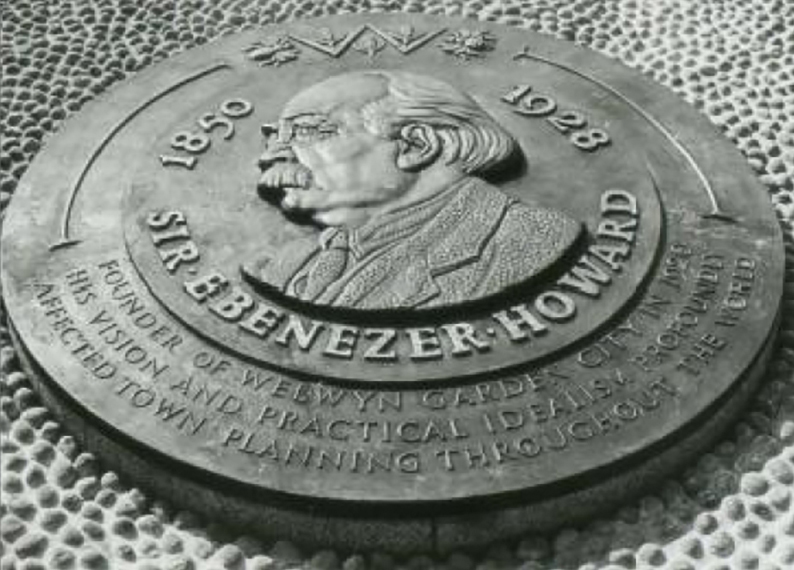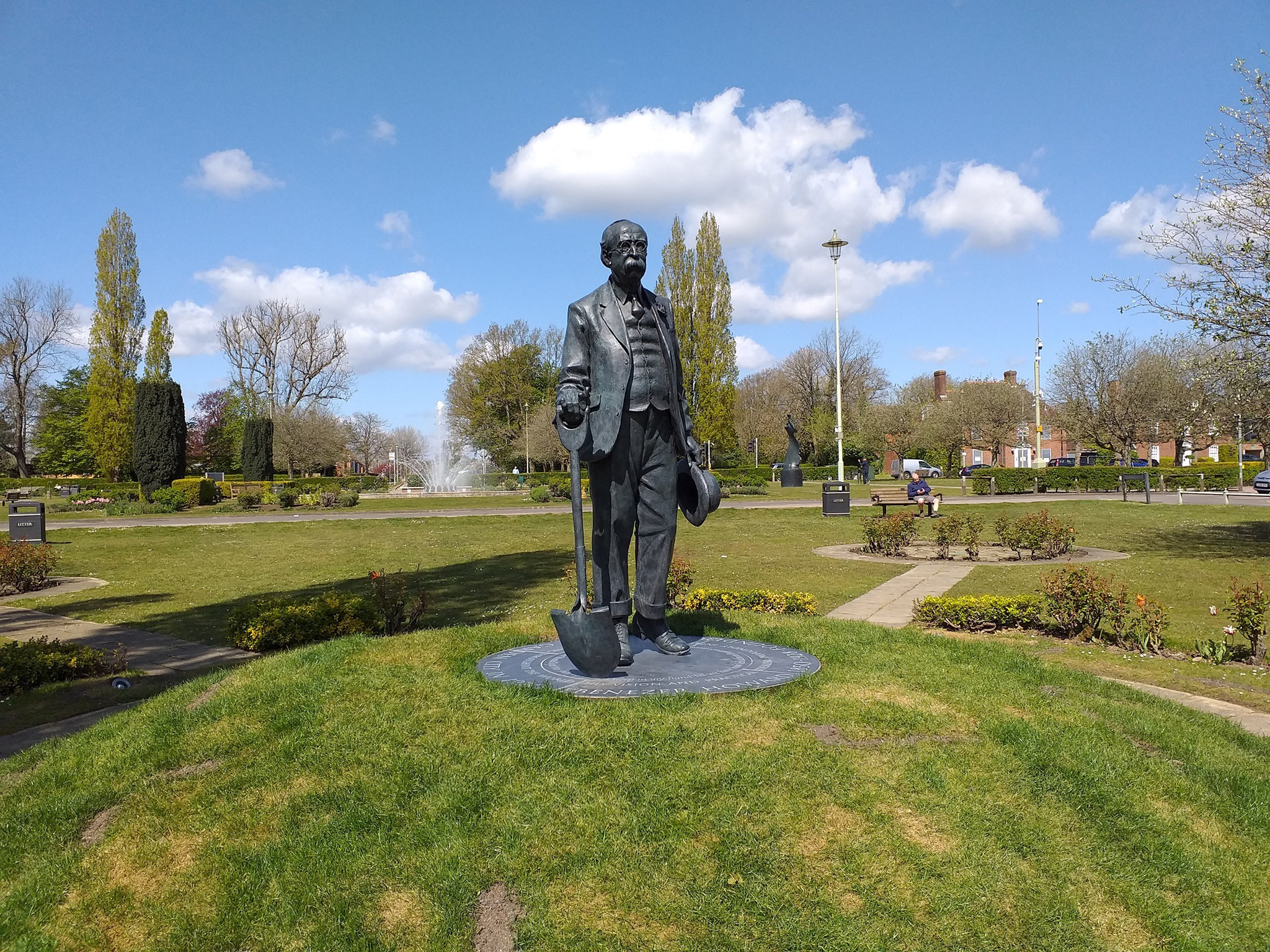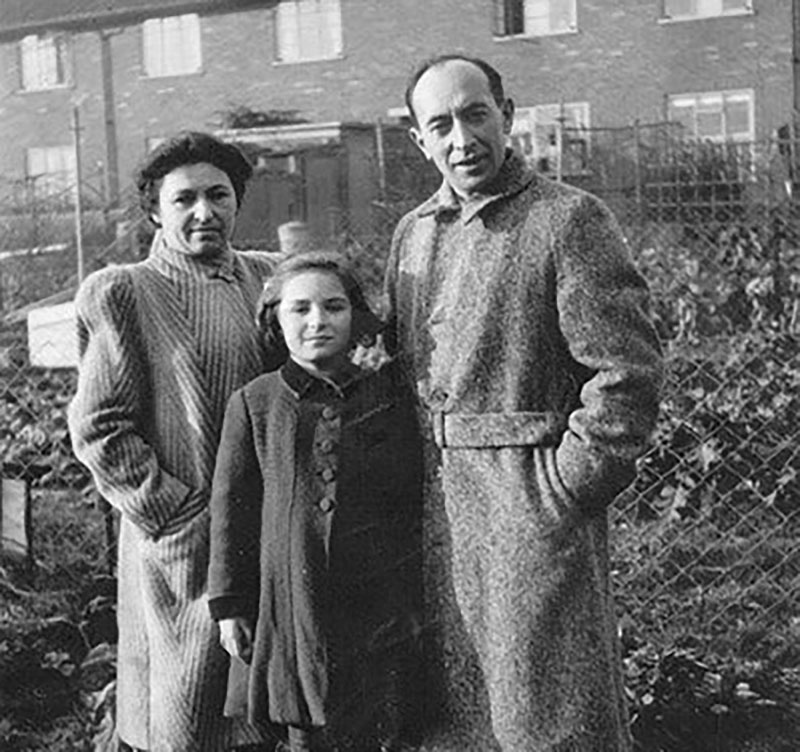Celebrating & Protecting the Welwyn Garden City’s Heritage
Welwyn Garden City (WGC), true to its name, is one of the original garden cities, an innovative urban planning concept pioneered by Sir Ebenezer Howard in the 1920s. Following his earlier involvement with Letchworth Garden City, Howard embarked on creating WGC, which was designed by the renowned architect Louis de Soissons.
The Vision of Sir Ebenezer Howard
Howard envisioned a series of new towns, each of limited size and meticulously planned in advance. Central to his vision was the idea that these towns would be surrounded by a permanent belt of agricultural land, effectively creating self-contained communities. This concept aimed to combine the best elements of urban and rural life, reducing the overcrowding and poor living conditions of the industrial cities while providing the social and economic benefits of a town.
Howard’s idea of a Garden City was revolutionary. He believed these cities could offer the perfect balance of city and nature, blending the benefits of town living—such as employment opportunities, services, and amenities—with the healthful environment and beauty of the countryside. This balance was intended to foster a higher quality of life, where residents could enjoy clean air, green spaces, and local food production, all within a sustainable and thoughtfully designed urban framework.
How did Sir Ebenezer Howard compare Letchworth to Welwyn Garden City
Sir Ebenezer Howard saw both Letchworth and Welwyn Garden City as successful implementations of his Garden City principles, but he did note some differences between the two.
Letchworth Garden City, the first garden city, was developed by Barry Parker and Raymond Unwin in 1903. Howard praised Letchworth for its pioneering design and the way it addressed urban problems by combining the benefits of town and country living2. However, he felt that some aspects of the town’s layout and aesthetics could be improved.
Welwyn Garden City, designed by Louis de Soissons and founded in the 1920s, incorporated Howard’s feedback and aimed to refine the garden city concept. Howard appreciated the improved planning and design of Welwyn, noting its more cohesive aesthetic and better integration of green spaces1. He believed that Welwyn represented an even more effective model of his vision, with a stronger emphasis on creating a harmonious and beautiful living environment.
Overall, Howard saw both cities as successful experiments in urban planning, but he considered Welwyn Garden City to be a more refined and improved version of his original ideas.
Welwyn Garden City: A Model of Modern Town Design
In the creation of Welwyn Garden City, Howard realized his vision, producing an iconic example of modern town design. The city was meticulously planned to include wide tree-lined streets, ample public parks, and green spaces, alongside residential, commercial, and industrial areas. The architectural style of the city, largely influenced by de Soissons, reflects a harmonious blend of neo-Georgian and modernist elements, contributing to its unique character and charm.
Welwyn Garden City quickly became a blueprint for many new towns around the world, embodying the principles of balanced urban-rural development and community-oriented planning. Its success demonstrated the viability of Howard’s vision and influenced urban planning and development for decades to come.
Ongoing Development Pressures
 Despite its iconic status and historical significance, Welwyn Garden City, like all modern towns, faces continuous development pressures. The demand for housing, infrastructure, and commercial development often challenges the original principles of the Garden City movement. Balancing growth while preserving the town’s unique heritage and green spaces remains an ongoing challenge for planners, policymakers, and the community.
Despite its iconic status and historical significance, Welwyn Garden City, like all modern towns, faces continuous development pressures. The demand for housing, infrastructure, and commercial development often challenges the original principles of the Garden City movement. Balancing growth while preserving the town’s unique heritage and green spaces remains an ongoing challenge for planners, policymakers, and the community.

